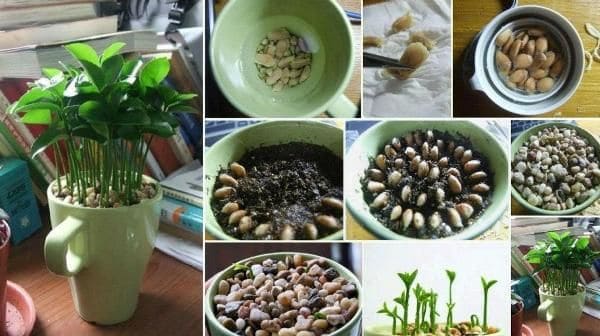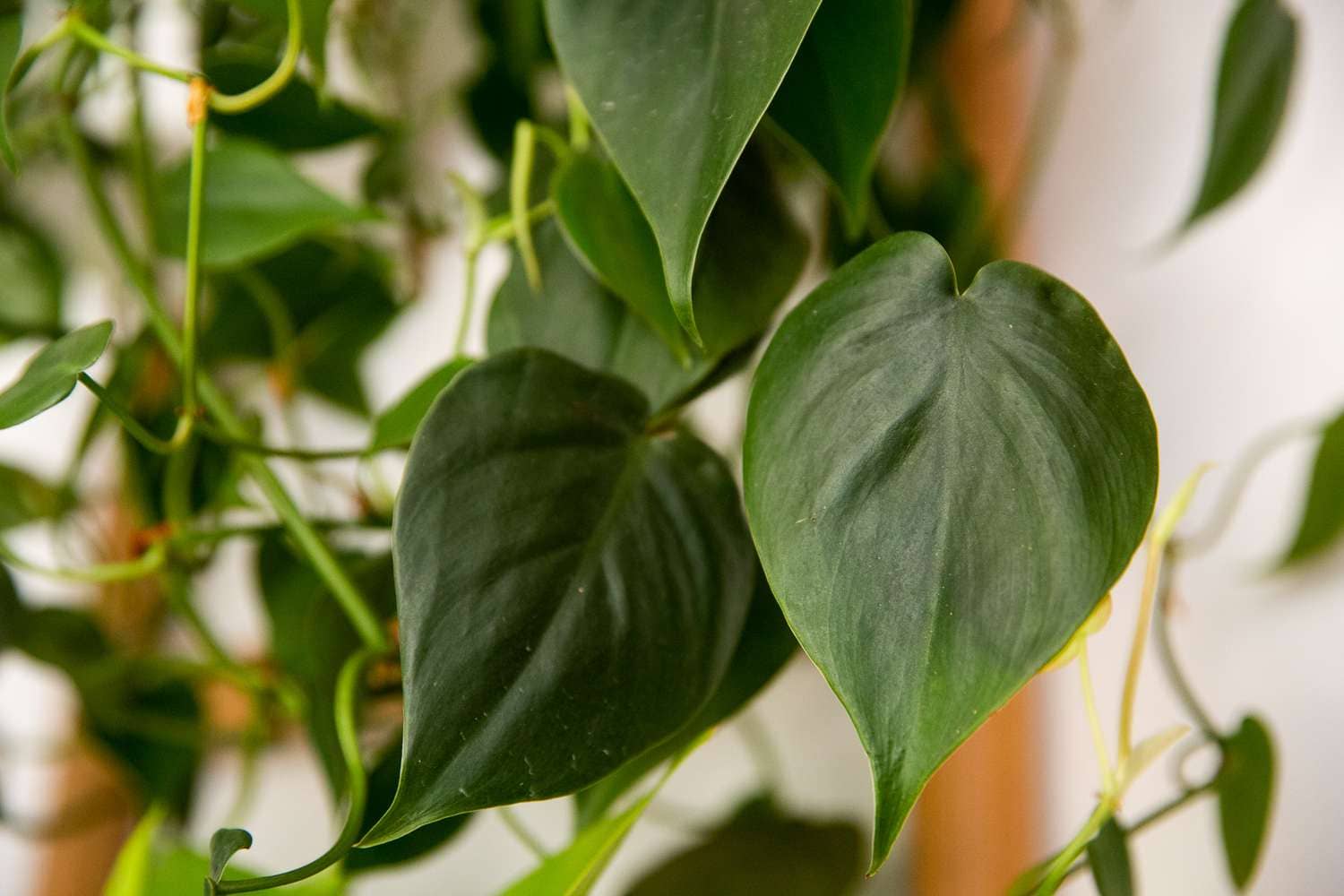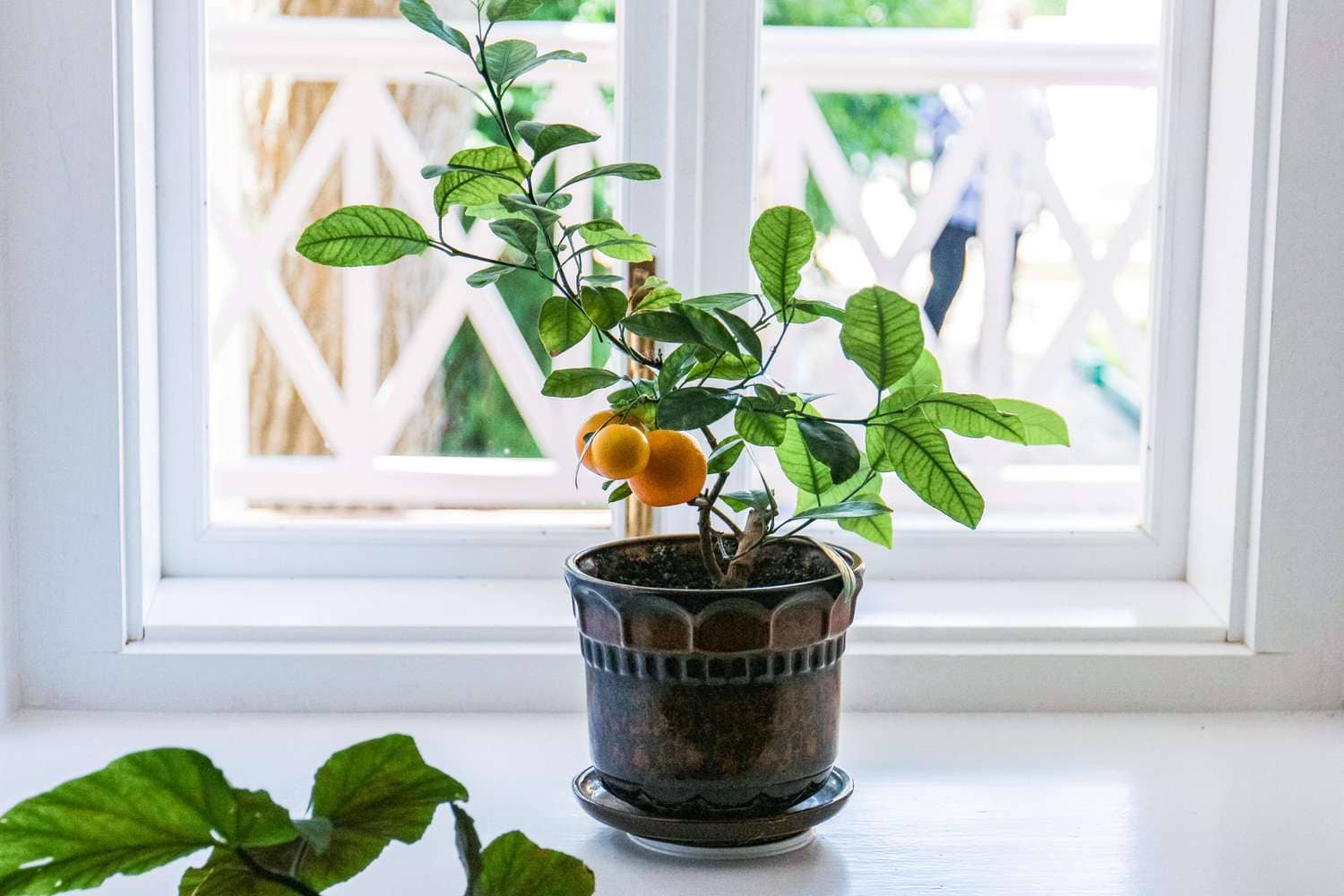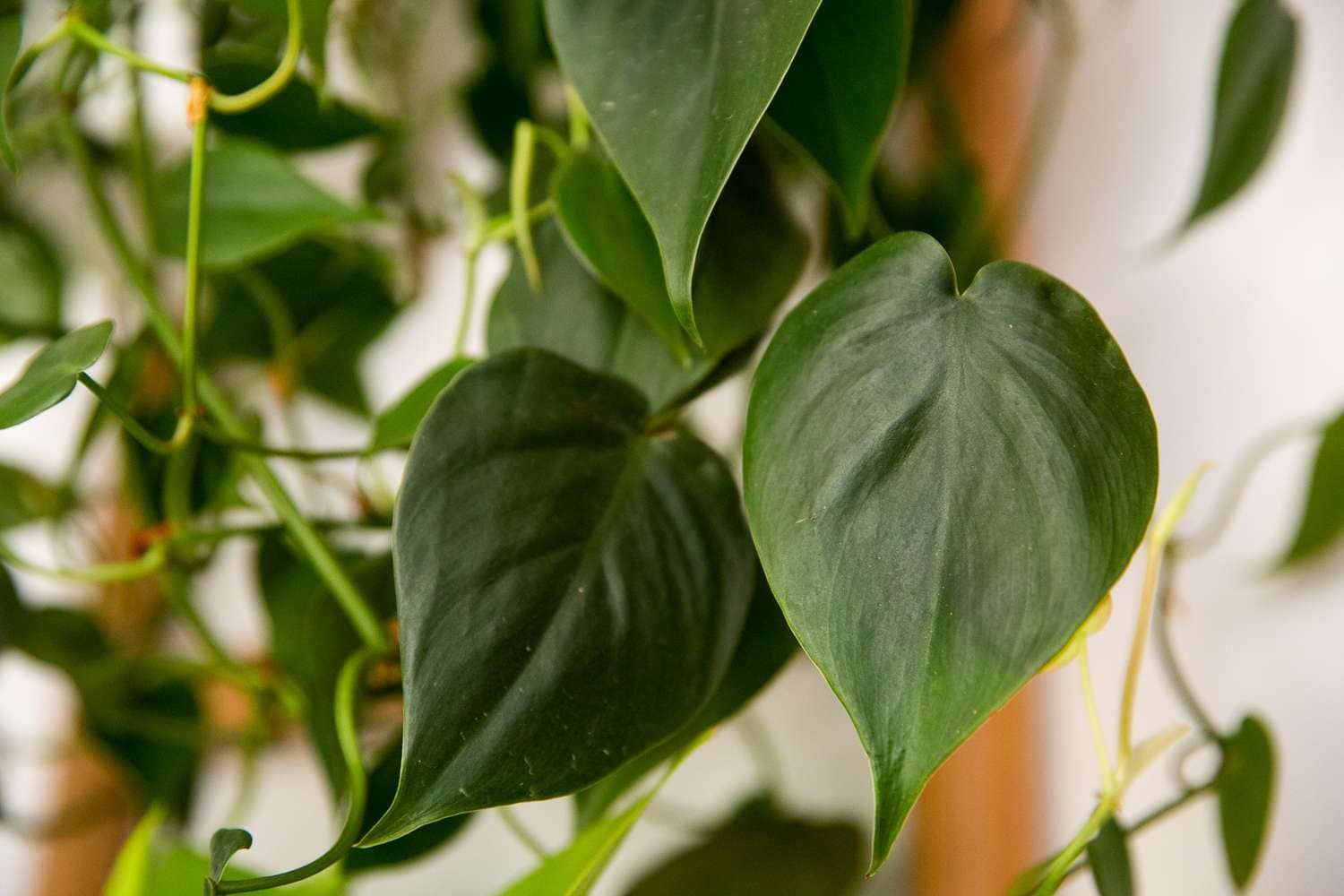Introductio
Hostas are beloved plants in the gardening world, cherished for their lush foliage and versatility. With an array of sizes, colors, and textures, there’s a type of hosta to suit every garden landscape. In this guide, we’ll explore the various types of hostas, offering insights into their characteristics, care requirements, and how to incorporate them into your garden design.
Exploring Different Types of Hostas
Miniature Hostas
Miniature hostas are perfect for small gardens or container gardening. These pint-sized varieties typically grow less than 8 inches tall and feature delicate leaves in a variety of colors. Despite their small stature, miniature hostas often exhibit the same beauty and charm as their larger counterparts.
Giant Hostas
On the opposite end of the spectrum, giant hostas command attention with their impressive size. These robust plants can reach heights of over 3 feet, with leaves spanning up to 2 feet in width. Giant hostas make a dramatic statement in any garden, serving as focal points or creating lush backdrops.
Variegated Hostas
Variegated hostas boast leaves adorned with striking patterns and colors. These captivating cultivars add visual interest to garden beds, offering a dynamic contrast to solid-colored foliage. Variegated hostas thrive in partial shade and provide year-round appeal with their ever-changing patterns.
Blue Hostas
Blue hostas are prized for their unique foliage color, ranging from powdery blue to deep teal. This distinct hue adds a cool, calming presence to garden landscapes and pairs beautifully with other shade-loving plants. Blue hostas prefer dappled sunlight and moist, well-draining soil for optimal growth.
Green Hostas
Green hostas may lack the vibrant colors of their counterparts, but they make up for it with their lush foliage and vigorous growth habit. These classic varieties are incredibly versatile, thriving in a range of light conditions and soil types. Green hostas serve as reliable foundation plants in shade gardens and woodland settings.
Fragrant Hostas
For gardeners who delight in sensory experiences, fragrant hostas offer a delightful surprise. These cultivars produce sweet-smelling flowers that attract pollinators and add another layer of interest to the garden. Fragrant hostas thrive in shady areas with moist soil, providing both visual and olfactory pleasure.
Hybrid Hostas
Hybrid hostas combine the best traits of different species, resulting in unique and desirable characteristics. These innovative cultivars offer a wide range of leaf shapes, sizes, and colors, allowing gardeners to express their creativity and individuality. Hybrid hostas are continuously evolving, with breeders introducing new varieties each year.
Cultivating and Caring for Hostas
Hostas are relatively low-maintenance plants, making them an excellent choice for beginner and experienced gardeners alike. Here are some essential tips for cultivating and caring for hostas:
Planting Location: Choose a location with dappled or partial shade, as hostas prefer protection from direct sunlight, especially during the hottest parts of the day.
Soil Preparation: Ensure the soil is rich, well-draining, and amended with organic matter to provide hostas with the nutrients they need to thrive.
Watering: Keep the soil consistently moist, especially during the hot summer months. Avoid overwatering, as soggy soil can lead to root rot.
Fertilization: Apply a balanced, slow-release fertilizer in the spring to promote healthy growth and vibrant foliage. Avoid high-nitrogen fertilizers, as they can encourage excessive leaf production at the expense of flower development.
Mulching: Mulch around hostas to conserve soil moisture, suppress weeds, and regulate soil temperature. Use organic mulch, such as shredded bark or compost, applied to a depth of 2-3 inches.
Division: Divide mature hostas every few years to rejuvenate overcrowded clumps and maintain plant vigor. Spring or early fall is the ideal time for division, allowing transplants to establish before the onset of extreme weather.
Pest and Disease Control: Monitor hostas for signs of pest infestations, such as slugs, snails, and deer. Use physical barriers, such as copper tape or diatomaceous earth, to deter pests, and promptly remove any damaged or diseased foliage to prevent the spread of infection.
Frequently Asked Questions (FAQs)
- Can hostas tolerate full sun? Hostas prefer partial to full shade but can tolerate some morning sun or dappled sunlight.
- How often should I water my hostas? Water hostas regularly, keeping the soil consistently moist but not waterlogged. Adjust watering frequency based on weather conditions and soil moisture levels.
- Do hostas attract pollinators? Yes, hostas produce fragrant flowers that attract pollinators such as bees and butterflies, enhancing biodiversity in the garden.
- Can I grow hostas in containers? Yes, many hosta varieties thrive in containers, provided they receive adequate moisture and protection from direct sunlight.
- How do I prevent slug damage to my hostas? To deter slugs, apply natural or commercial slug repellents, create barriers using copper tape or diatomaceous earth, and remove debris where slugs may hide during the day.
- When is the best time to divide hostas? The best time to divide hostas is in early spring or fall when the weather is cool and moist, allowing transplants to establish before the onset of extreme temperatures.
Conclusion
In conclusion, the diverse types of hostas offer endless possibilities for gardeners seeking to add beauty and texture to their outdoor spaces. Whether you prefer miniature varieties for small-scale gardening or giant cultivars for bold statements, there’s a hosta to suit every taste and garden style. By understanding the unique characteristics and care requirements of different hosta types, you can create stunning garden displays that will delight and inspire for years to come.





